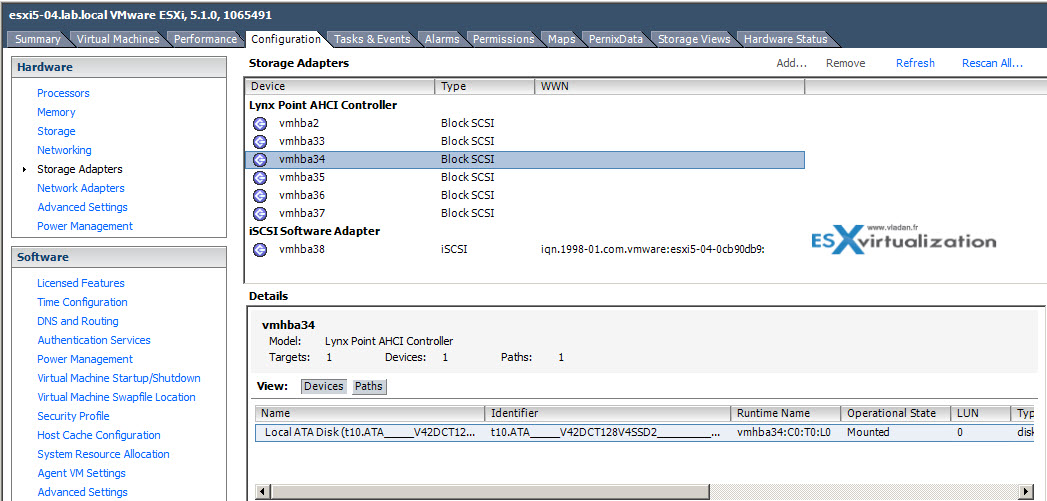
When you try to install VMware ESXi on some whitebox hardware that is not officially supported by VMware then your attempt might come to an unpleasant end after the installer presented the error message shown above. ESXi has in-box support for a limited number of network interface cards (NICs), and sadly a lot of consumer grade devices are not on the list.

When you try to install VMware ESXi on some whitebox hardware that is not officially supported by VMware then your attempt might come to an unpleasant end after the.
Is this the end of the world? If you are a regular reader of my blog then you probably already know that help (and in some cases even rescue) is available. However, I keep getting e-mails from people asking how to get their NIC xyz to work with ESXi. So I finally took the time to write down all the steps that you need to take and the options you have - just to point them here instead of giving the same answers per e-mail again and again. A very similar post of mine is - it is about a year old now and with 80k pageviews my most successful blog post ever. Star Sports 3 App Download For Windows 7. Let's see how this one goes. Before you proceed: Are you in a hurry, or just lazy, or do not like to fiddle around with creating customized ESXi ISOs?
Then skip to step 7 at the bottom right now and forget the rest! You should also skip to step 7 now if your NIC is a wireless device or connected through a USB port.
There is no way to get these working in ESXi, the following steps only apply to PCI based LAN controllers: 1. Find out your device's name and PCI ID The first and one of the most important steps is to clearly identify your NIC's brand and model. The key here is the unique PCI vendor and device ID. There are multiple ways to find this out, and most of them involve booting the machine with another OS (Windows or Linux). But here is the easiest way that starts directly at the stuck ESXi installation process: When you see the nasty error message displayed at the top of this post then just hit [Alt] and [F1] on your keyboard at the computer's console. You will be greeted with a login prompt: log in as root without a password (just hit [Return] at the password prompt).
Now run the following command: lspci -v grep 'Class 0200' -B 1 If you do not use an English keyboard you may find it hard to type this command (esp. The special characters -, ' and ), because the English keyboard mapping is in effect regardless of what your layout is. You can change the effective layout by running a command like localcli system settings keyboard layout set -l German This will switch to the German layout.
You can list all available layouts and their correct label to be used with the -l switch by running localcli system settings keyboard layout list Alternatively you can keep the English layout and enter all special characters using: - is code 45, is code 124 and ' is code 34. If you finally managed to type the lspci command line correctly then the output will look similar to this: 0000:02:00.0 Ethernet controller Network controller: Realtek Realtek 8168 Gigabit Ethernet Class 0200: 10ec:8168 Here you are: (In this example) you have a Realtek 8168 Gigabit NIC with the PCI ID id 10ec:8168. A special case: Realtek (and some Marvell) NICs and ESXi 5.5 or 6.0 A while back I posted about.